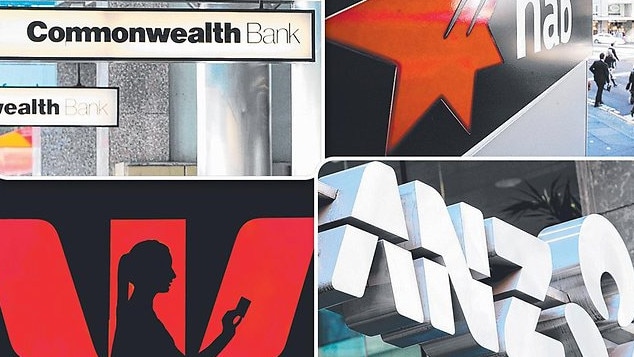Big banks temper competition drive for mortgages and deposits, shift to strategic approach
The major banks’ competitive ‘recalibration’ has fuelled questions among financial observers about the implications for margins.

Big banks have tempered their “irrational” competitive drive for mortgages and deposits but, with an almost identical business model, their fight for market share is now more strategic, investors and analysts say.
The lower competition also reflects the banks’ expectations that stress will rise in coming months, as the impact of 12 cash rate increases continues to squeeze household budgets.
Westpac’s recently announced restructure to refocus on growth could, in time, refuel competition for mortgages. But analysts don’t expect that to happen soon, given the lender has long lagged behind peers, despite being vocal about its intentions to grow volumes above system.
Following a period of intense competition that drove banks to offer mortgages below their cost of capital, many lenders have dropped generous cashback offers, moderated rate discounting and are toning down their competition in the deposit market.
UBS’s data shows “rationality is now returning to the market, especially around deposit funding costs”, the broker told investors this week.
Bank funding costs have soared since the start of the cash rate hiking cycle, but the broker says “funding costs and deposit competition are moderating, with the rate of funding cost increases slowing”.
The majors, except for ANZ, have moved to end generous cashback offers and discounts on variable rate mortgages are less aggressive than at the beginning of the year.
On Friday, National Australia Bank became the latest bank to increase fixed-rate mortgages for both owner-occupiers and investors to protect margins, as the cost of swapping floating interest rate payments to fixed payments has increased in wholesale markets.
“Pressure on profit margins is likely to be the key motivator behind these fixed rate increases,” RateCity research director Sally Tindall said.
All big-four bank fixed rates are now above 6 per cent – three times the 2 per cent rates offered when they were getting cheap money during the pandemic.
Macquarie’s decision to pull back from the mortgage market in a period where margins were being squeezed has also helped to cool competition in recent months.
With about two-fifths of the impact of the 4 percentage point increase in the cash rate yet to hit Australia’s $2 trillion economy, banks expect household stress to rise and are being more cautious when lending.
“Banks are weary about lending in the current environment and are concerned about bad debts potentially rising from here,” Atlas Funds Management chief investment officer Hugh Dive said. “They have really pared back competition in the past few months.”
Instead of offering thousands of dollars in cashback deals, banks are using lower serviceability buffers to win new business on refinancing.
Competition in the first half of the 2023 financial year meant that gains in net interest margins (NIM) – the rate banks earn from lending minus what they pay for funds – remained capped despite the cash rate increases.
The majors saw NIMs increase 0.1 percentage points to 1.9 per cent in the first half of 2023, while the regionals saw NIMs increase .08 per cent to 1.85 per cent.




To join the conversation, please log in. Don't have an account? Register
Join the conversation, you are commenting as Logout